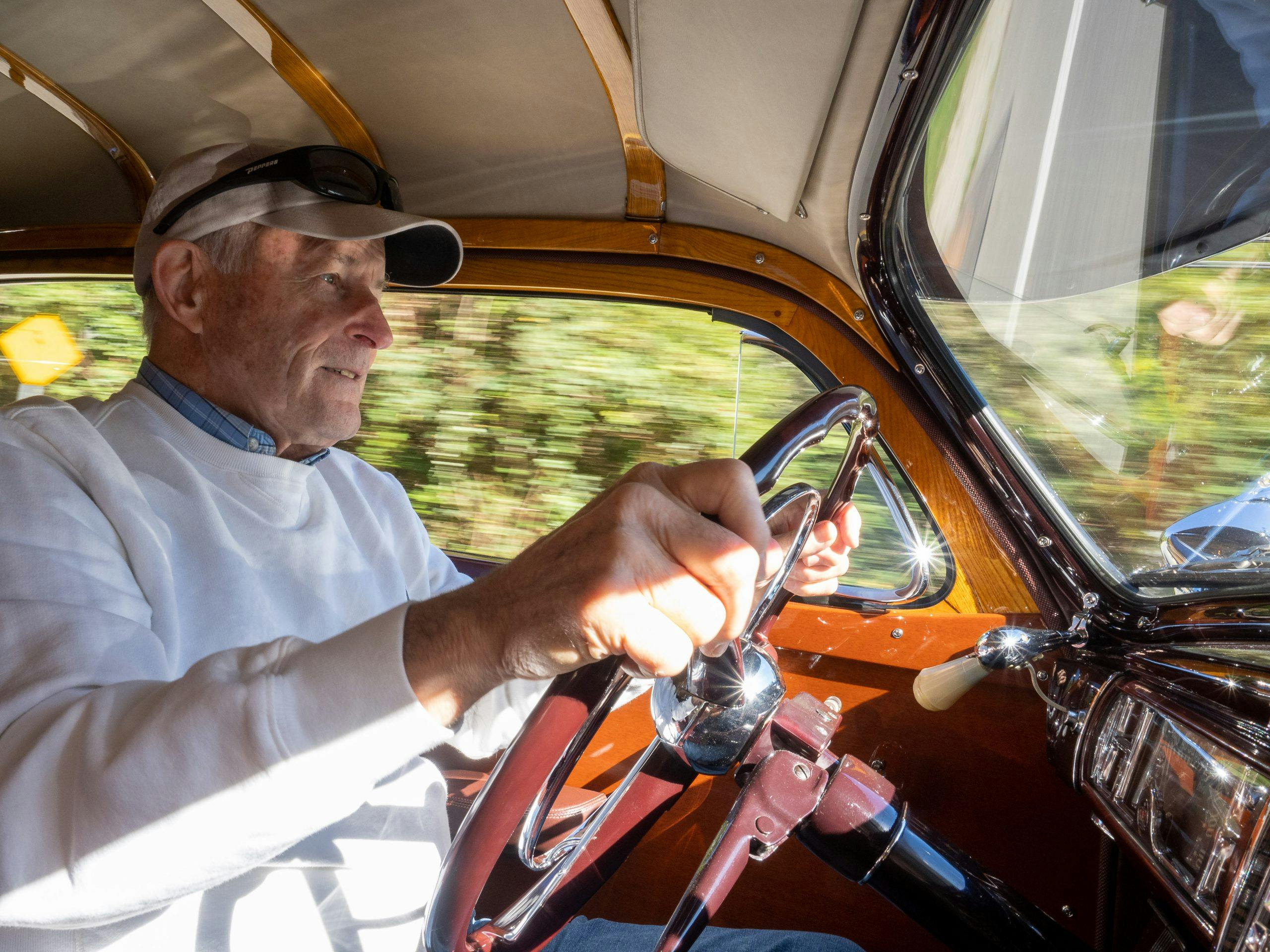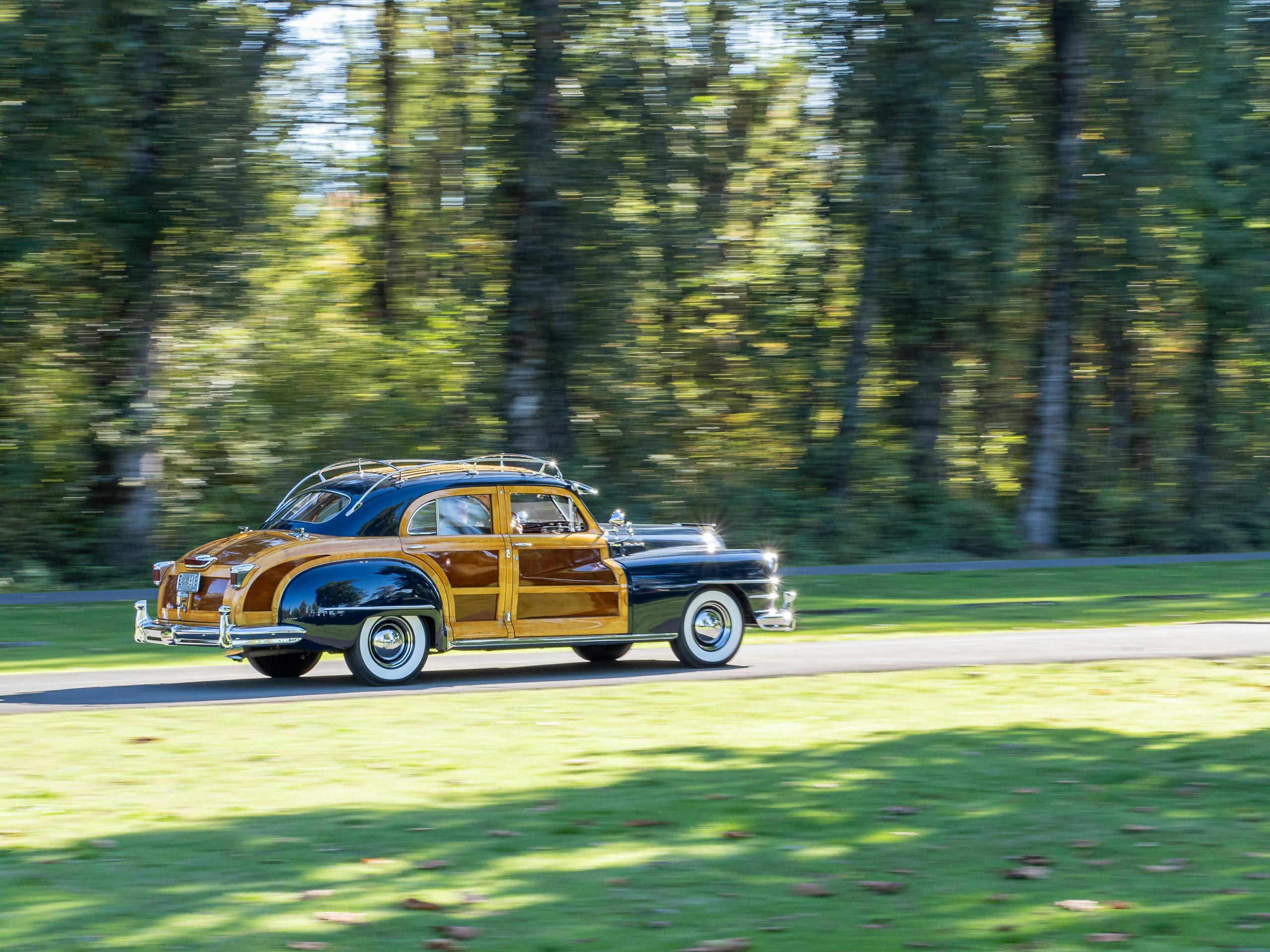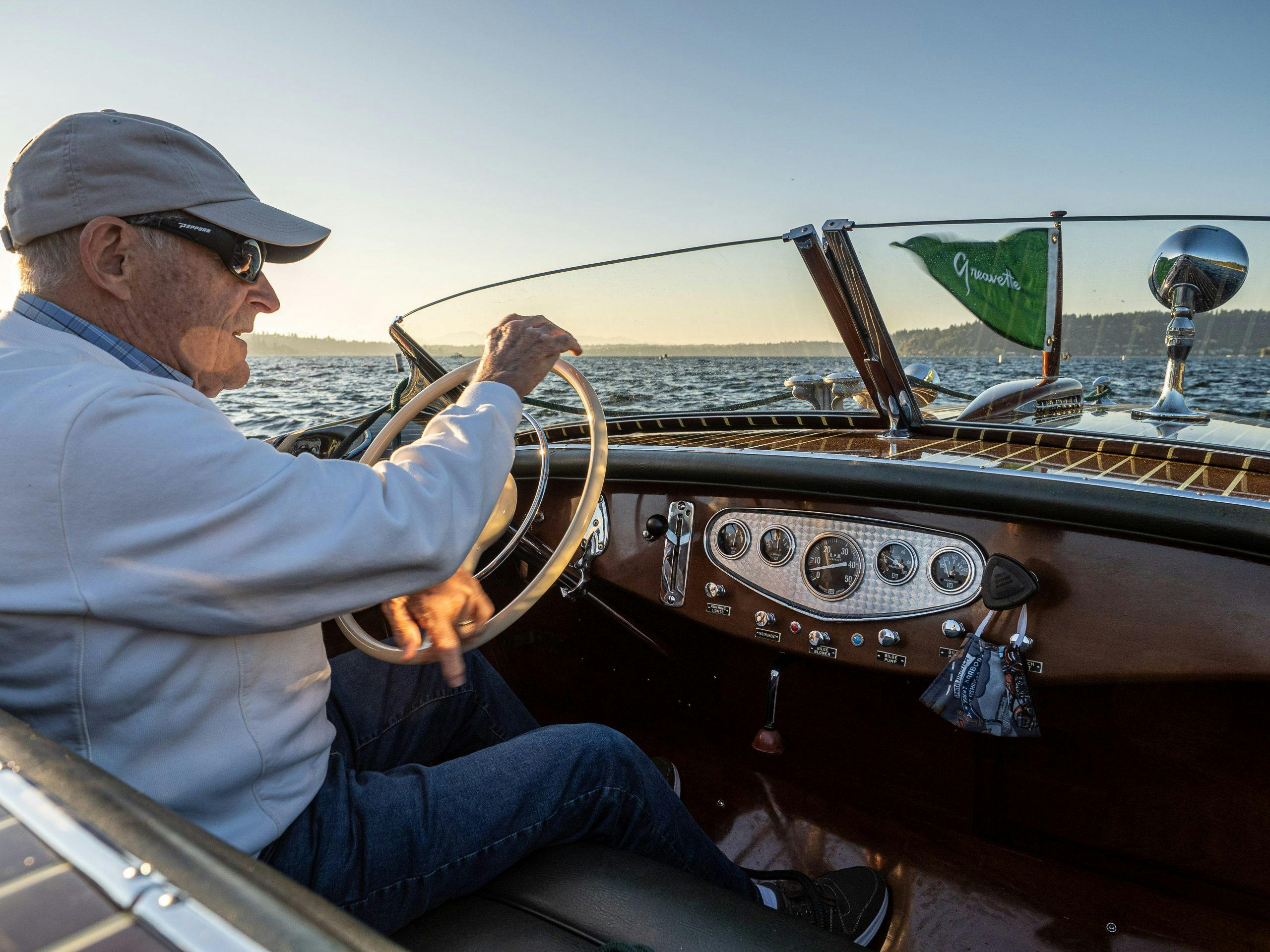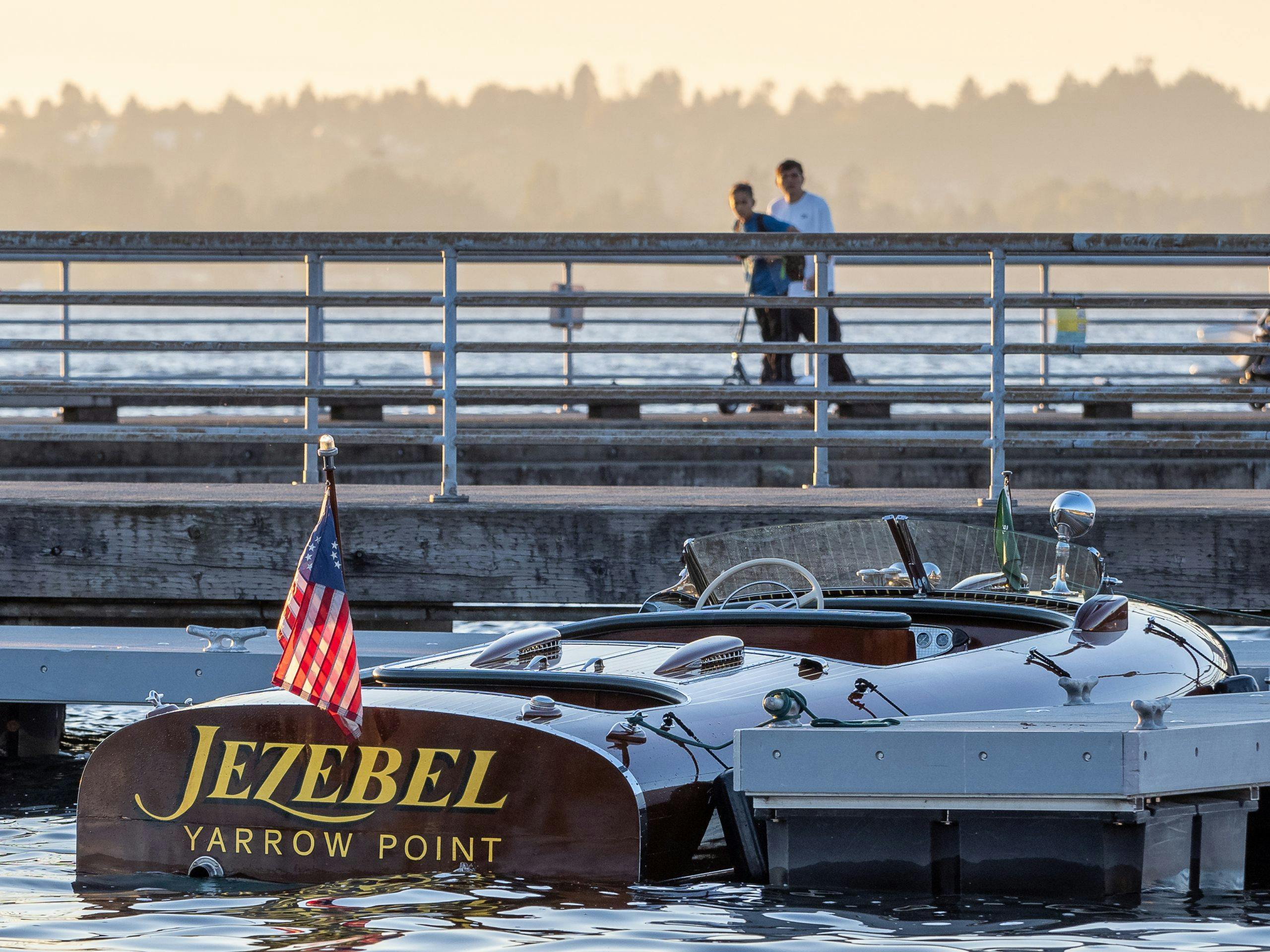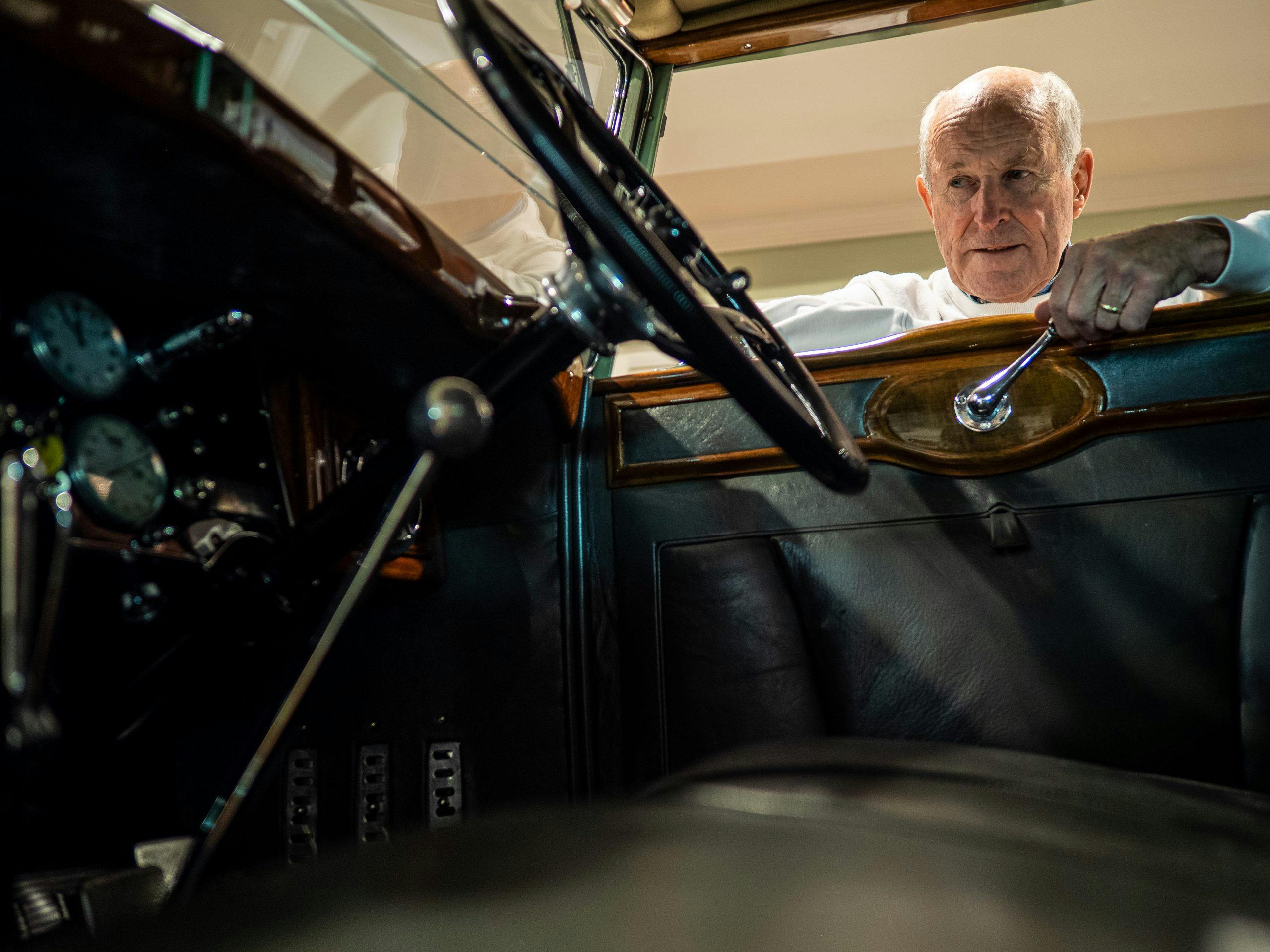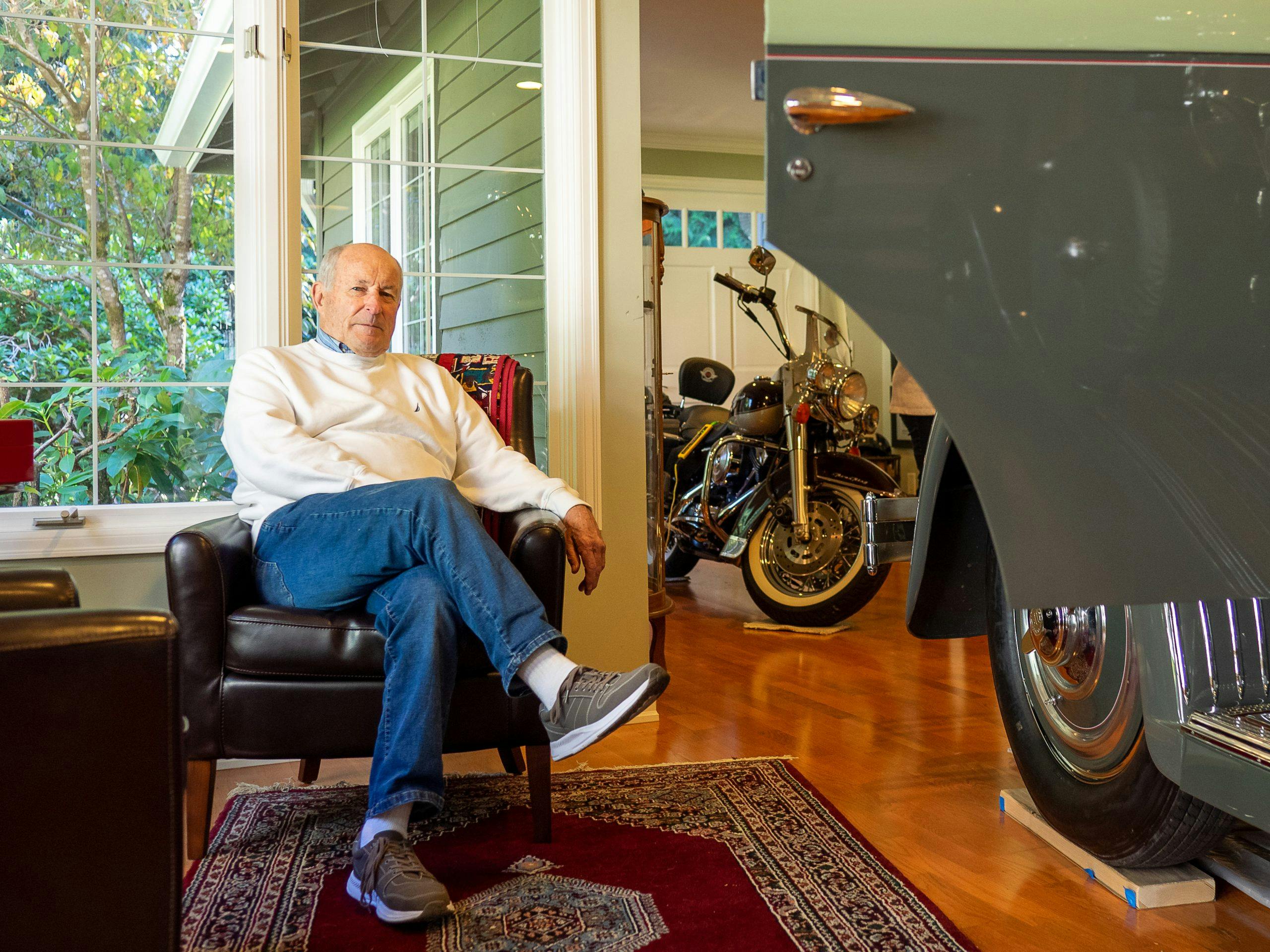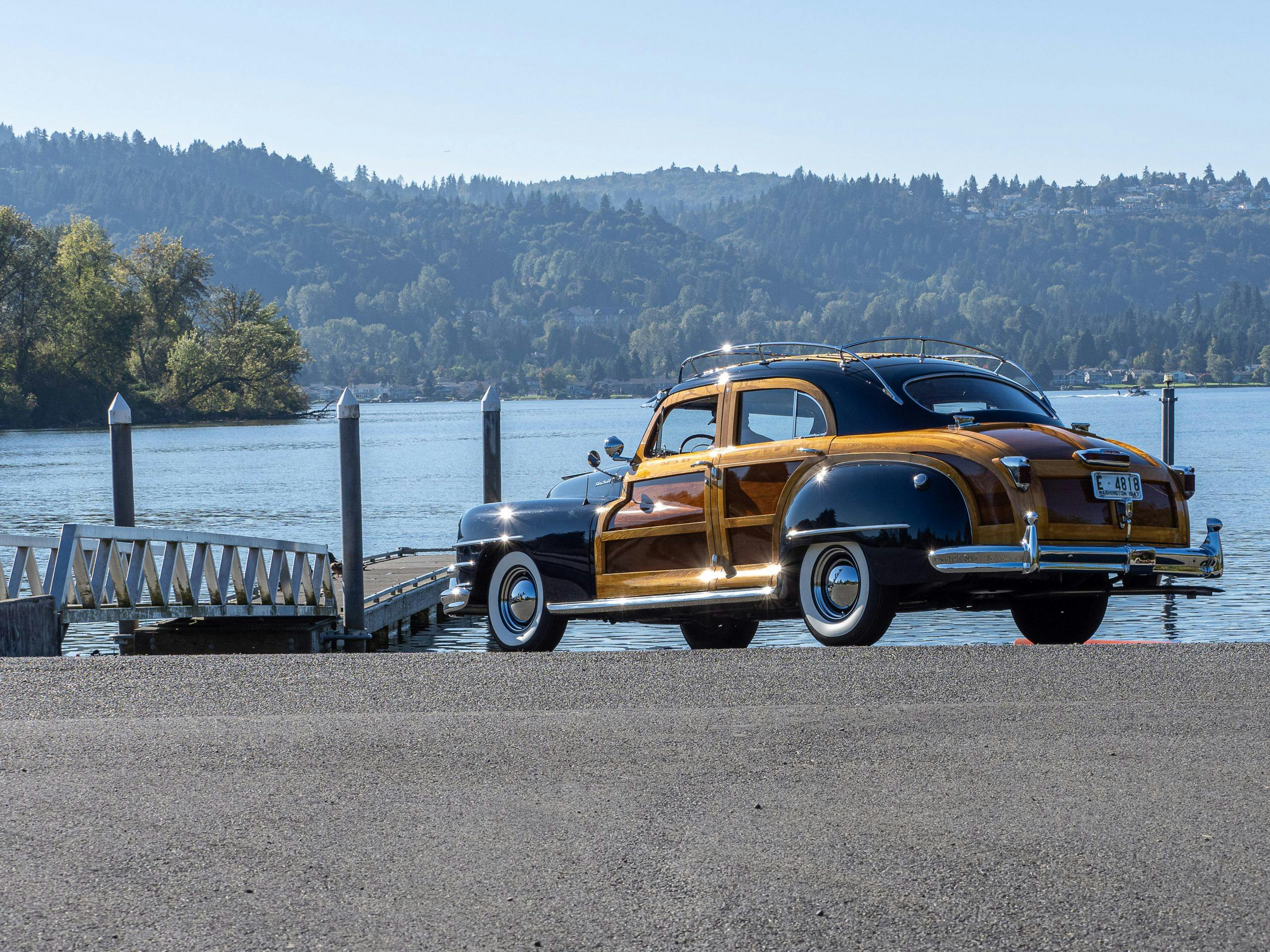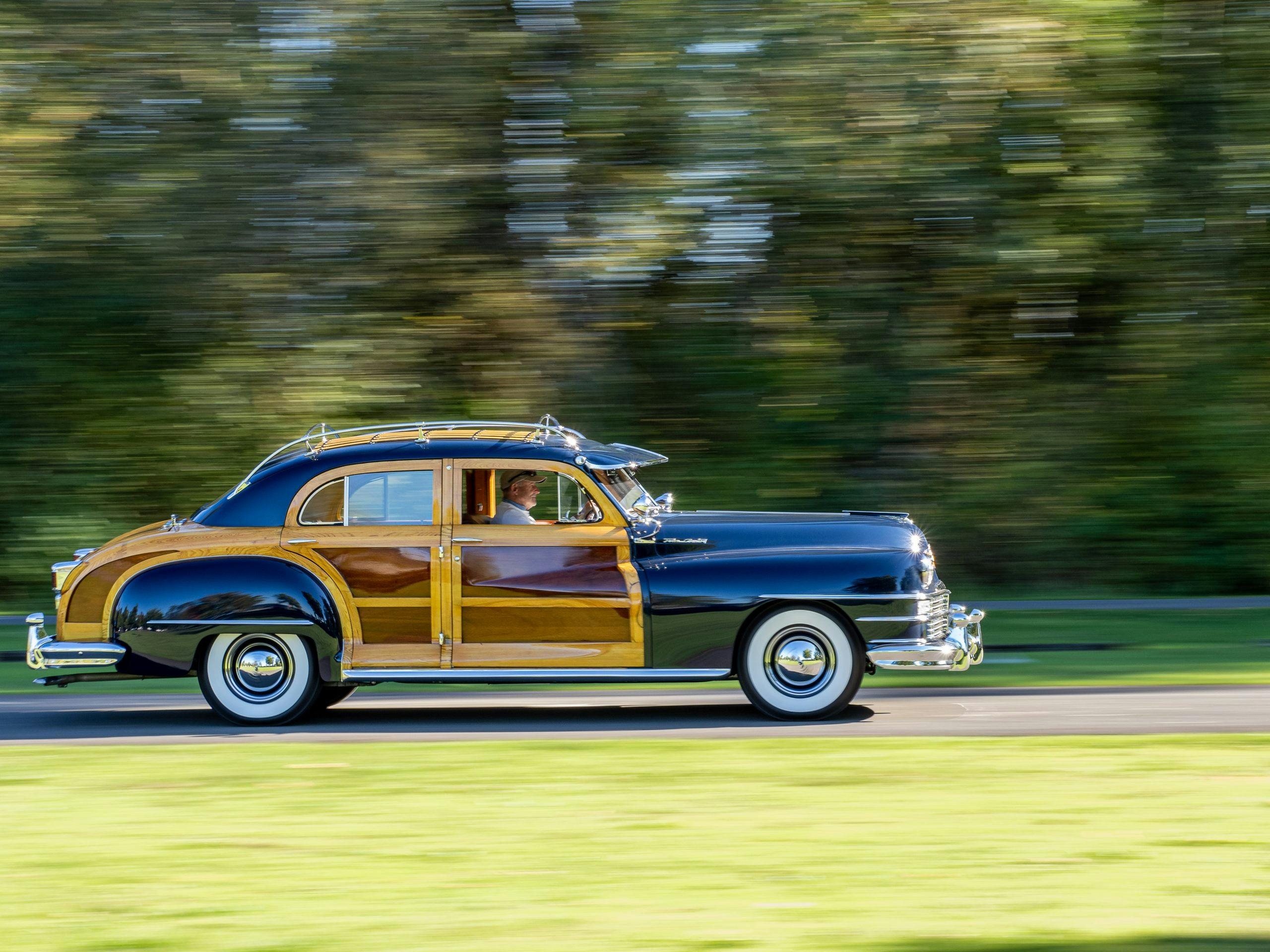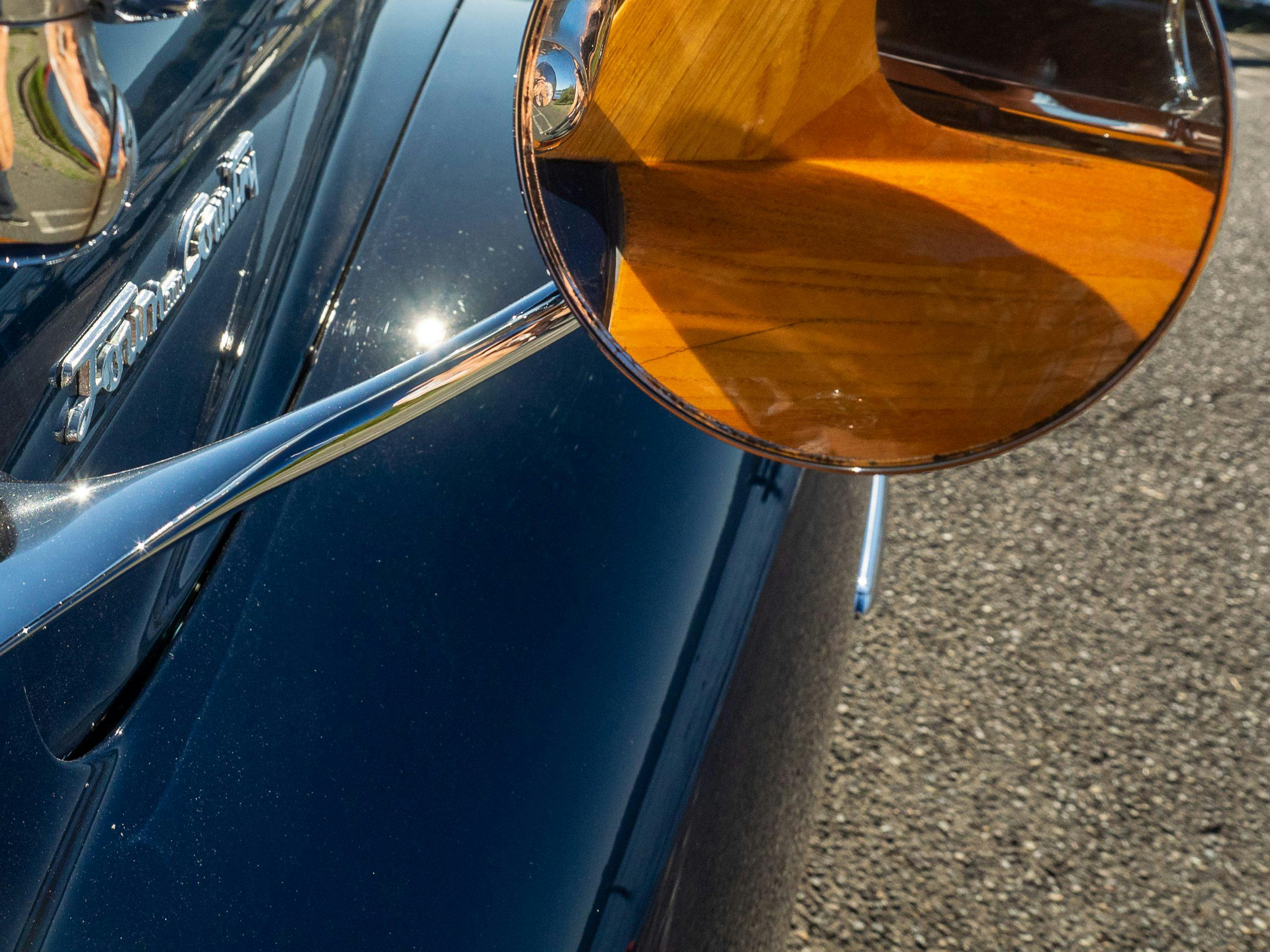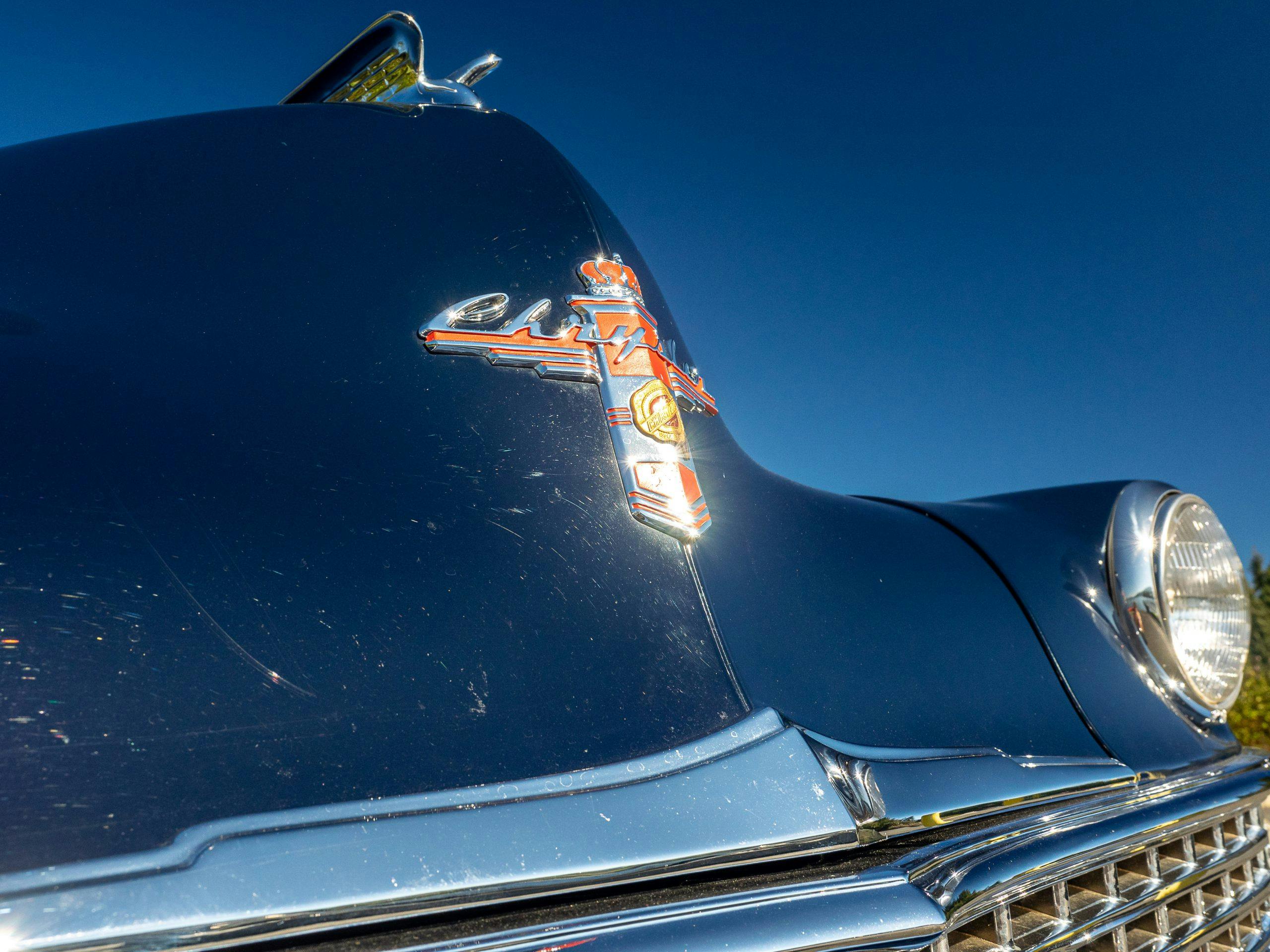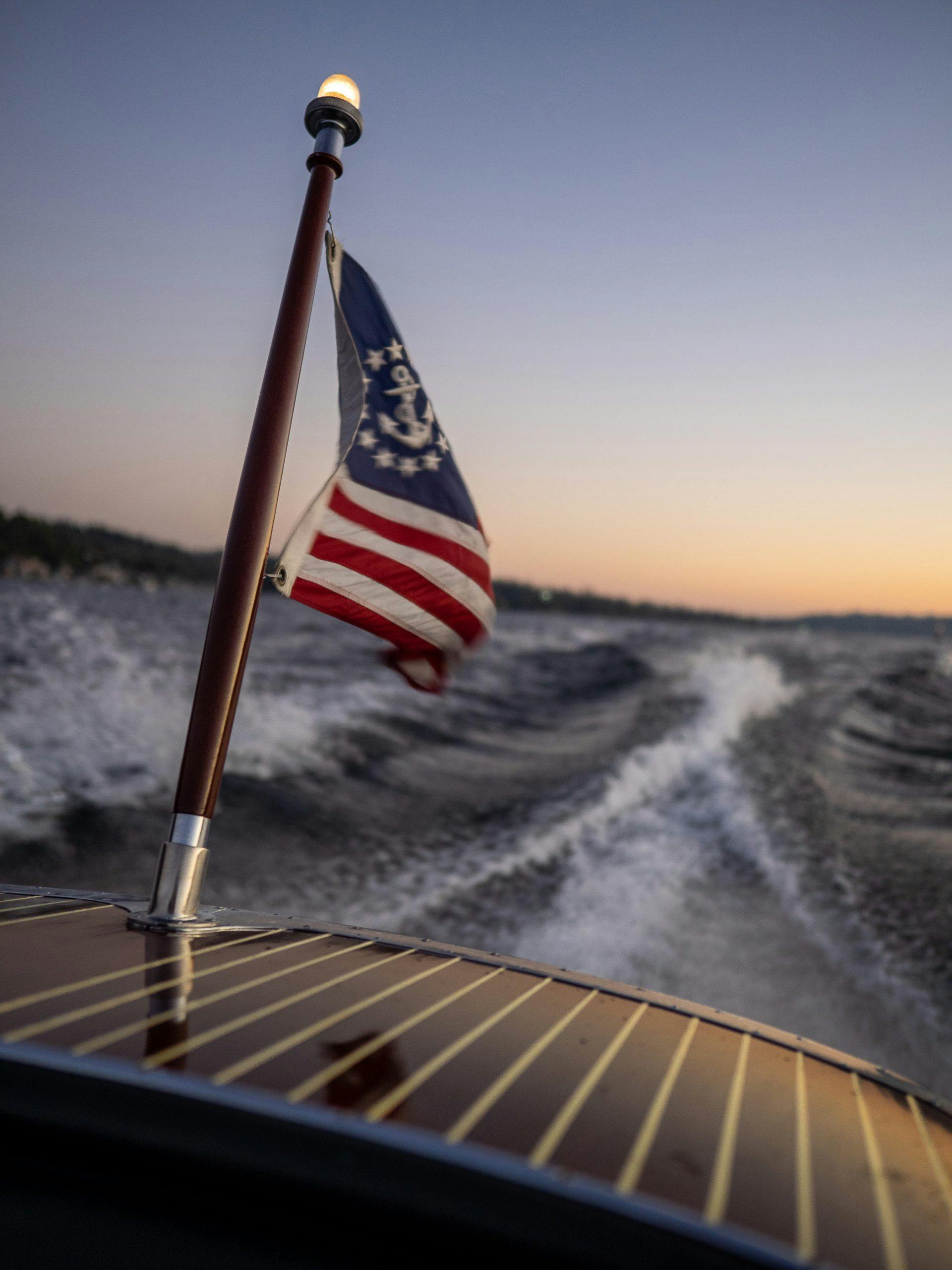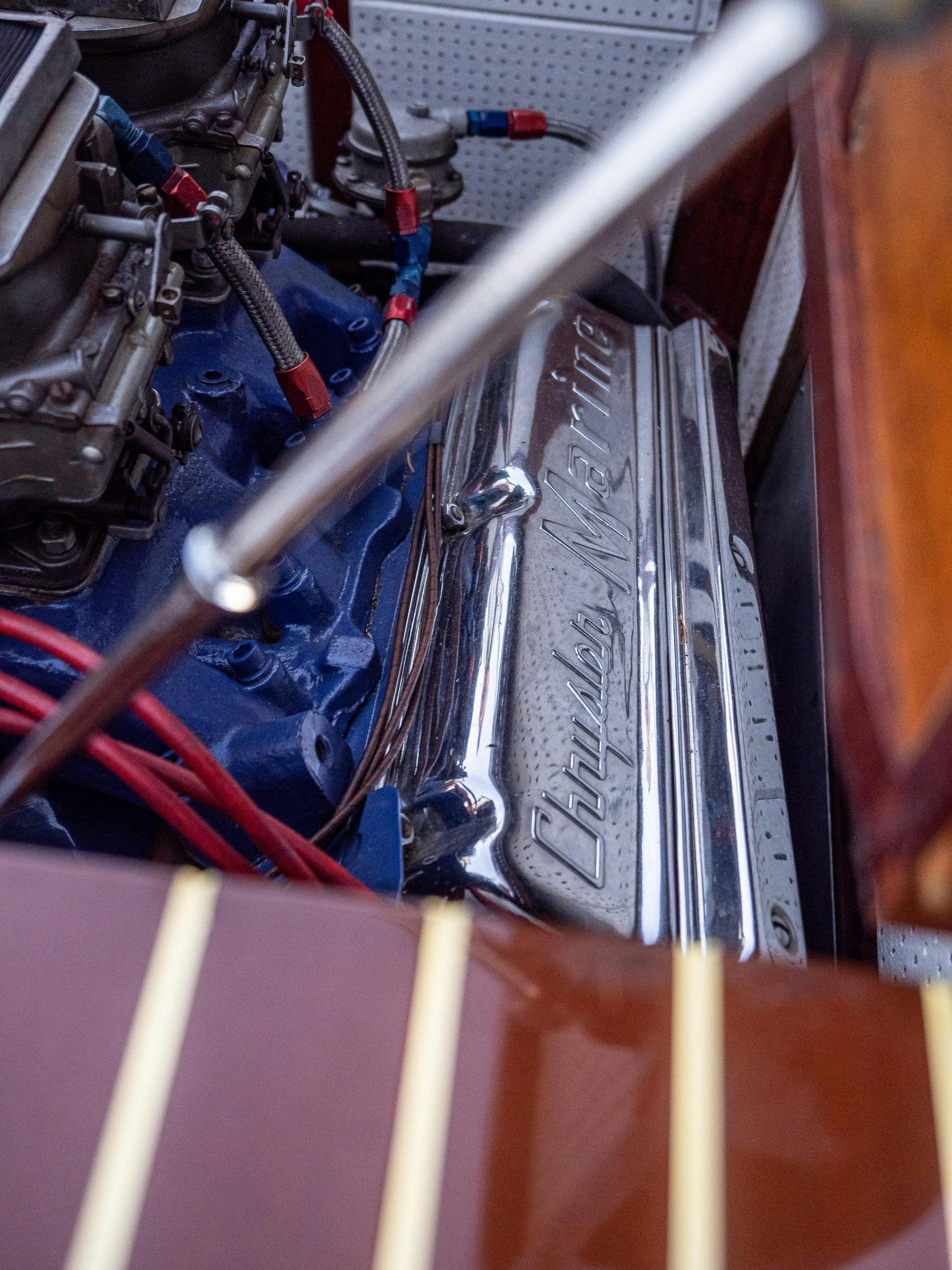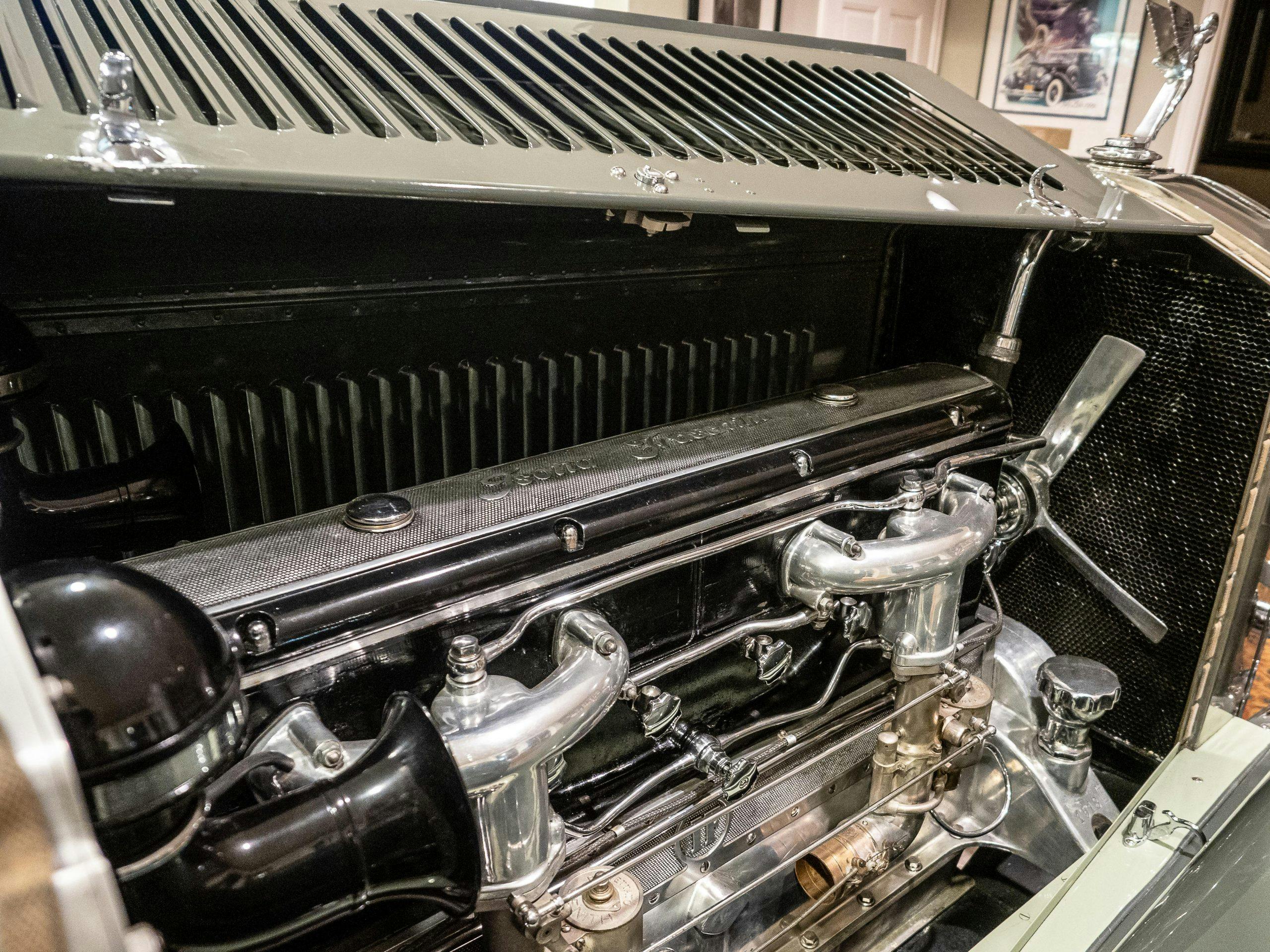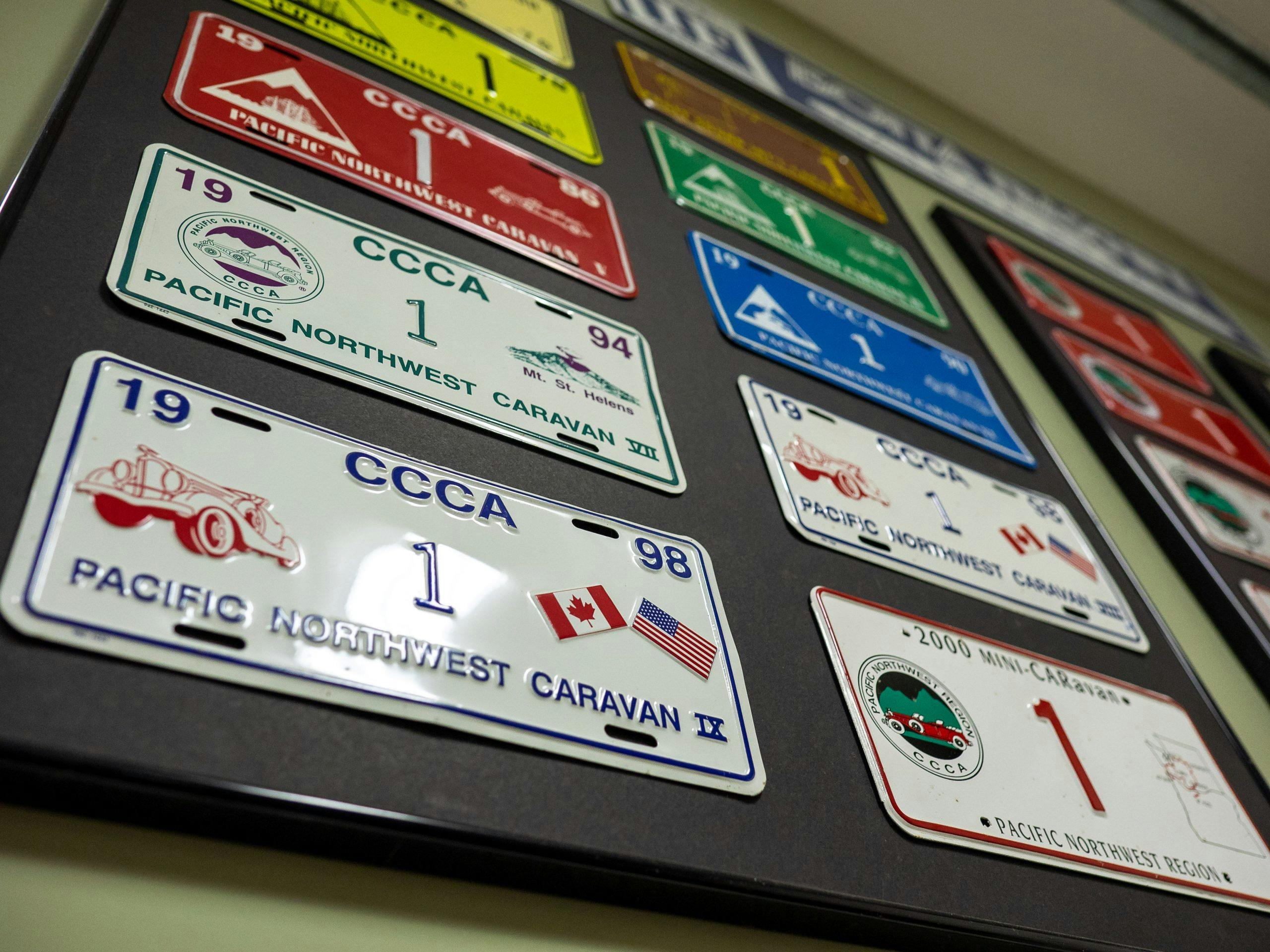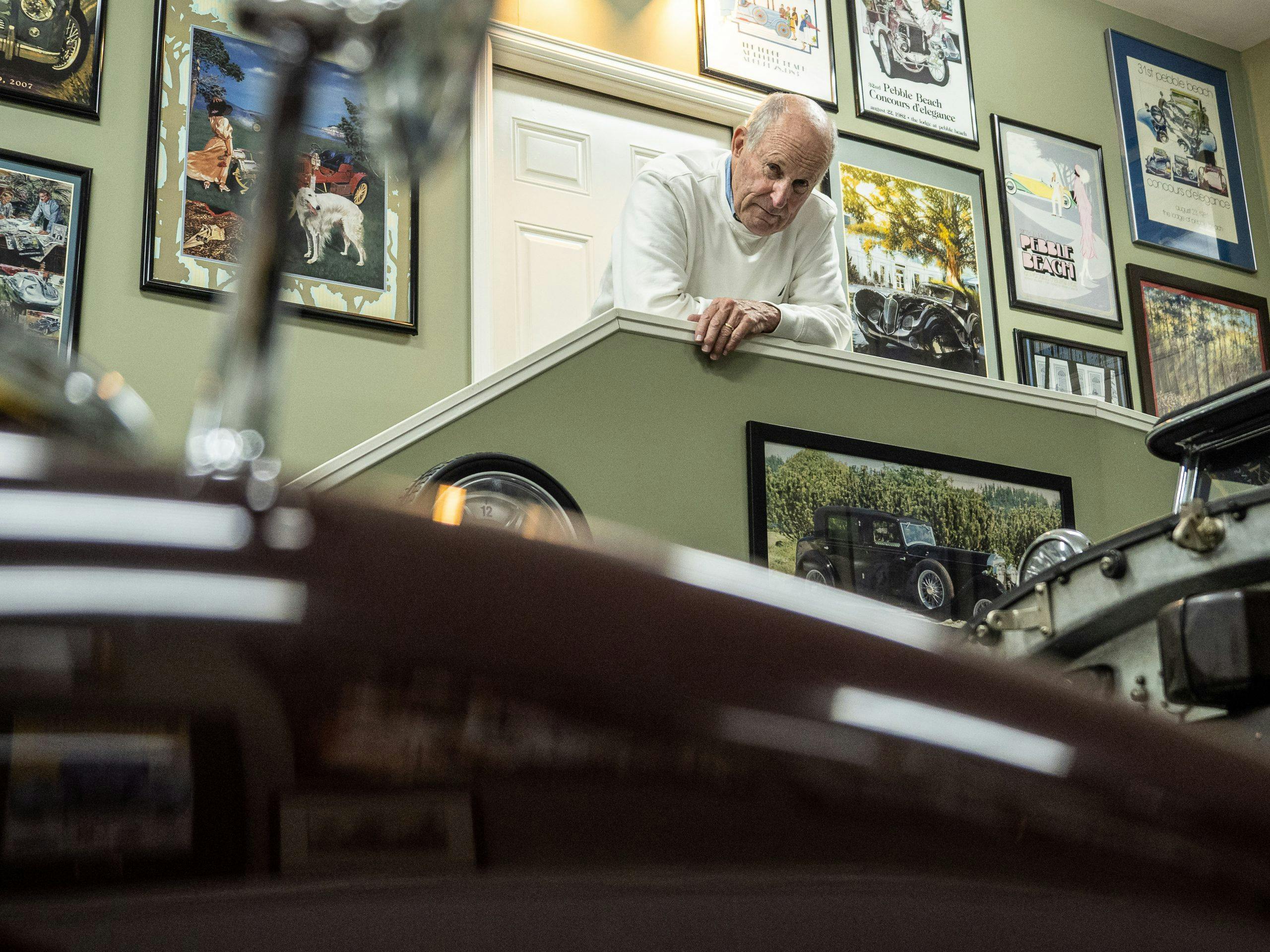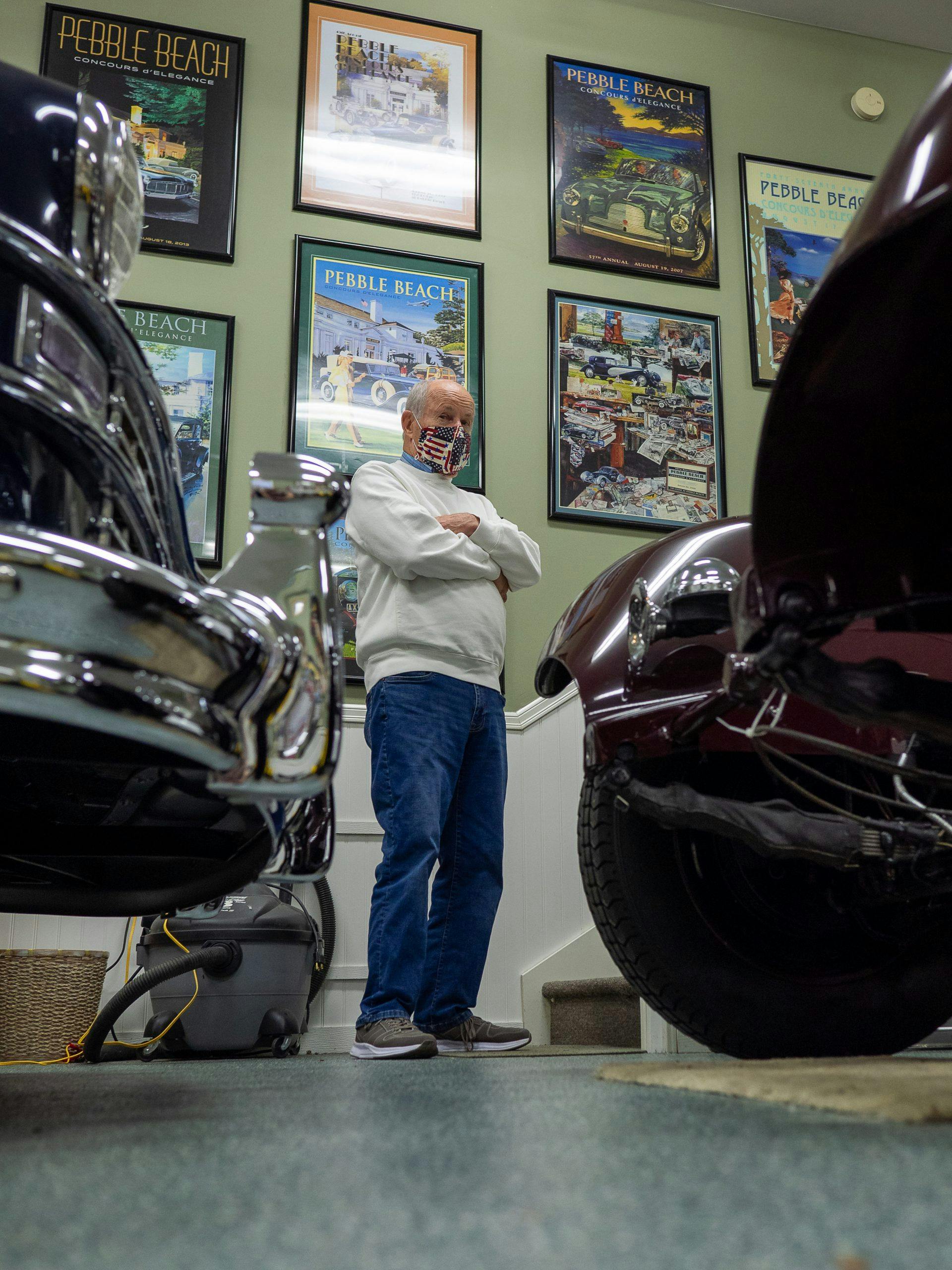Full Classic: Al McEwan has spent his life in and around grand machinery
In the 1940s, when I was in my early teens, I started reading the first issues of Road & Track and Motor Trend. They would do articles on the heavyweight stuff from the ’20s and the ’30s. That was my introduction to the big classics.
In college, I had this economics professor who talked about classic cars a lot. I stayed after class once and asked him about that, and you’d think he’d found his long-lost son. That very day, he drove me 10 miles out-side of Troy, New York, to see this 1930 Cadillac V-16. It was a seven-passenger sedan with a perfect interior, but the owner had just lost his garaging. It was $300, which in 1956 was about $2900 in today’s money. I didn’t have $3, let alone $300, but my parents cosigned the note. I borrowed the $300 and had that Cad Sixteen towed back to the fraternity house. I was about laughed out of the place when this bus arrived. It had oxidized terribly and the original tires were shot, but it was an all-original V-16 and it ran. I started taking it to club events and such, then traded it around Christmas 1957, plus $600, for a ’53 Buick Skylark.
I’ve got framed photos of all the cars I’ve ever owned—the V-16, that Skylark, Studebaker GT Hawks, Rolls-Royces, Bentleys, Hispano-Suizas, a Pierce Arrow, a Mercedes-Benz 300 SL Gullwing, a Delahaye 175S I wish I had back. If money were no object, I’d be dangerous, but these days, I’m down to four cars—a 1934 Bentley 3 ½ Litre I bought in 1964, a 1929 Isotta Fraschini Tipo 8A S, a 1947 Chrysler Town & Country, and a ’98 BMW Z3 M.
Compared to all of the cars of the ’20s and ’30s I’ve owned, the Chrysler is my “new car.” I found it locally about 15 years ago. My longtime friend Peter had seen it one day under a tarp next to a house. Sometime later, he and I were out and drove past the house, but the car was gone. The house, though in a nice area, looked abandoned, so we poked around. Now, I don’t like wandering around people’s property, but this time I did, and when I popped my head in the garage, there was the car. That was the end of it until several weeks later, when Peter stopped there again, and he was able to buy it. He came right over to my house and offered it to me.
The survival rate of T&C convertibles is much better than it is for the sedans, but I wanted a sedan for its unique look. Nobody back then made anything that looked like this. I got it home and it ran. Most of the wood was excellent, but the left rear door dogleg was rotted. You could pull handfuls of wood off of it. I’d always been interested in wooden boats and already owned a ’55 Greavette, so I wanted a woody car to pull my woody boat. Initially I was just going to dress up the Chrysler and drive it, but the wood issues … that was the beginning of the end. I did a whole-nine-yards restoration on it over about eight years.
The Greavette is one of maybe two or three Streamliners west of the Mississippi. I first saw it in 1982, nearby on Mercer Island, but I had no idea what it was. It was tied up in bankruptcy and divorce proceedings for a decade, and it sank once right next to the dock, but in 1996, I ran into a restorer friend at a boat show and he told me I finally might be able to buy it. I got it for a song, rebuilt the engine, rewired it, reupholstered it, and I’ve been using it ever since. Of course, the Town & Country’s inline-six lacks the poop to pull it, but they sure do look great together.
Garaging is an issue, so I keep the Isotta Fraschini in my man cave, which has the most overengineered floor in the house. The car is a little overkill for the room, I admit. It runs, but you don’t just back it out of here because you want to go for a drive. It’s an exercise. And anyway, I really love looking at it. It’s a painting with wheels.
It’s a Castagna body, and some records call it a toy limousine. It’s low and looks like it was chopped, but that was the design. The sales manager for the chief honcho at the importer in New York actually designed it, and Castagna built it. The details throughout are simply amazing. All the small stuff. And it’s powered by the first production straight-eight in the world.
Because of my long association with cars of this era, I have been a judge in the European Class at the Pebble Beach Concours since 1986, including chief judge for many years. I have also been a member of the concours’s selection committee since its inception.
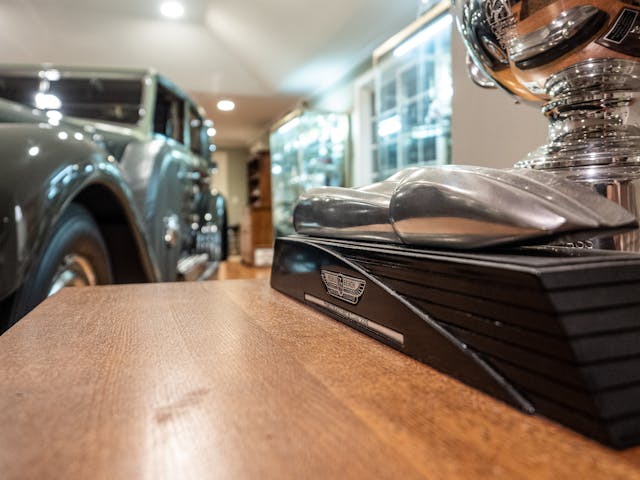
In 2001, when Bentleys were featured at Pebble, my friend Peter said, “We ought to do a tour!” We opened it to 50 prewar Bentleys and sold out in months. It was a 1500-mile, 10-day tour from Kirkland, Washington, down to Pebble Beach, and we called it the West Coast Tour. It was supposed to be a one-time thing, but Rolls-Royce was featured in 2004, so I dusted off the ’01 event, and we did it again with Rolls-Royces and Bentleys. Shortly after, I was asked to build the tour into a regular event of the concours, and in 2005, my wife Sandi and I conducted the first Pebble Beach Motoring Classic, with the goal of encouraging road use of former Pebble Beach cars. We have hosted the tour every year since, except for 2020, and many participants have returned multiple times to take part.
Through our cars, we’ve been so fortunate to have met so many wonderful people from all of the world.

